New quantum processor experiment resolves conflict between the two theories over the nature of reversible processes.
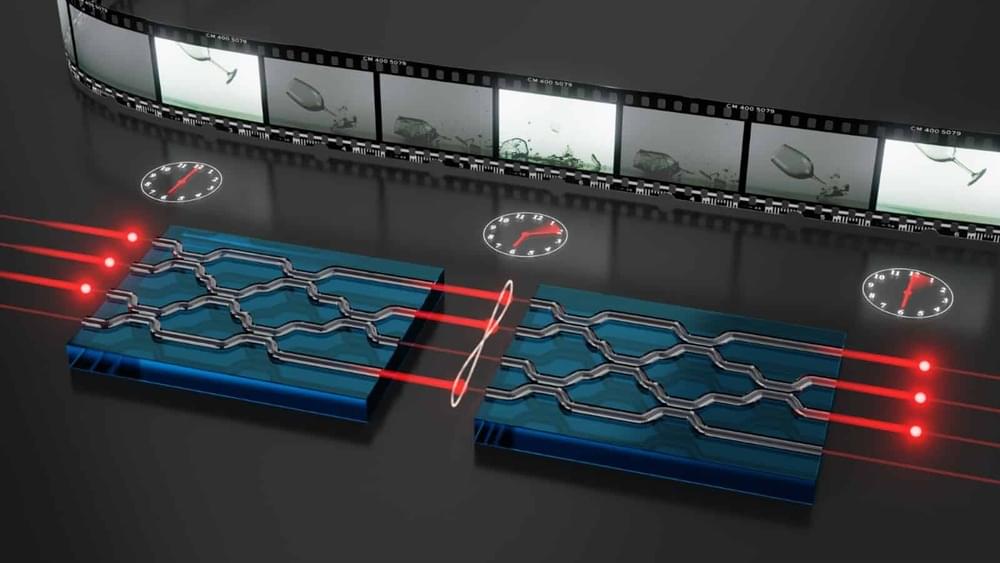

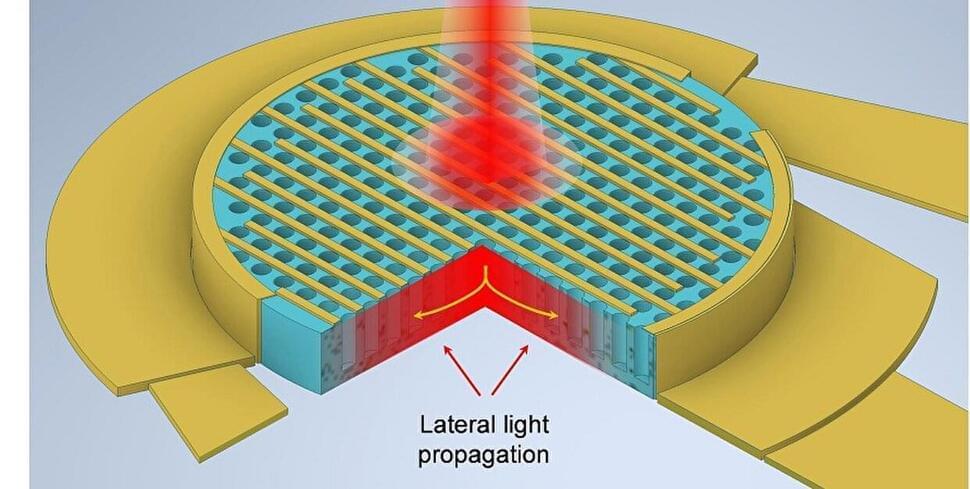
Photonic systems are quickly gaining traction in many emerging applications, including optical communications, lidar sensing, and medical imaging. However, the widespread adoption of photonics in future engineering solutions hinges on the cost of manufacturing photodetectors, which, in turn, largely depends on the kind of semiconductor utilized for the purpose.
Traditionally, silicon (Si) has been the most prevalent semiconductor in the electronics industry, so much so that most of the industry has matured around this material. Unfortunately, Si has a relatively weak light absorption coefficient in the near-infrared (NIR) spectrum compared to those of other semiconductors such as gallium arsenide (GaAs).
Because of this, GaAs and related alloys thrive in photonic applications, but are incompatible with the traditional complementary metal-oxide-semiconductor (CMOS) processes used in the production of most electronics. This leads to a drastic increase in their manufacturing costs.
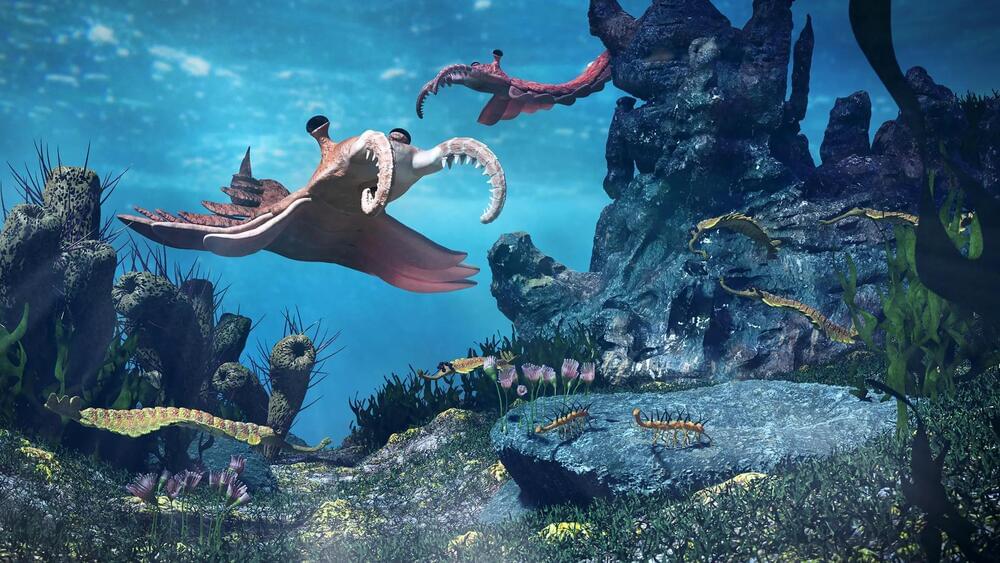
No, oxygen didn’t catalyze the swift blossoming of Earth’s first multicellular organisms. The result defies a 70-year-old assumption about what caused an explosion of oceanic fauna hundreds of millions of years ago.
Between 685 and 800 million years ago, the Avalon explosion — a forerunner era of the more famed Cambrian explosion — marked the emergence of multicellular organisms in Earth’s oceans. Prior to this era, the world was dominated by single-celled amoeba, algae, and bacteria for over 2 billion years. The Avalon explosion saw a sudden surge in biodiversity, with sea sponges and other complex multicellular organisms replacing their simpler, single-celled counterparts.
Previously, it was postulated that this significant leap in evolutionary complexity was triggered by increased oxygen levels. However, this is being disproved by recent research by the University of Copenhagen, in collaboration with the Woods Hole Oceanographic Institute, the University of Southern Denmark, and Lund University, among others.

New research published in Telematics and Informatics provides evidence that the fulfillment of basic psychological needs through technology use is linked to changes in attitudes towards artificial intelligence over time. The findings indicate that self-determination, particularly feelings of competence and relatedness, plays a crucial role in shaping both negative and positive attitudes towards this emerging technology.
“We live in a world where artificial intelligence (AI) is becoming more common and accessible than ever. People’s attitudes towards AI will most certainly have a huge effect on how fast and widely AI can spread in society and how the development of AI will turn out,” said study author Jenna Bergdahl, a researcher at the Emerging Technologies Lab at Tampere University.
“As a researcher, I work in the Emerging Technologies Lab at Tampere University, where we are particularly interested in the new technological forms of life that constantly challenge and transform human and post-human living. Two projects from the Emerging Technologies Lab, called UrbanAI and Self & Technology, are focusing especially on artificial intelligence in society and conducting cross-national social psychological research on human-technology interaction.”

More people than ever before—828 million, according to the most recent estimates—do not know where their next meal will come from. Yet we are producing more food than ever, with cereal grain production at an all-time high. How did we get so far off track in ending hunger and how do we get back on course?
Food crises are complex, and the temptation is to fix the symptom, rather than identifying the cause. COVID-19, conflict, and climate change are among the most frequently cited causes of the current food price crisis, but the underlying systemic issue remains: We need to radically transform the way we produce and consume food.
A more stable, equitable, and sustainable food system would connect the world’s 600 million farms with its 8 billion consumers, and capitalize on the ability to both feed the hungry while mitigating greenhouse gas emissions and rapidly adapting to a changing climate. We must act now, together, and decisively, or risk more crises in the future. Five critical actions are set out below.
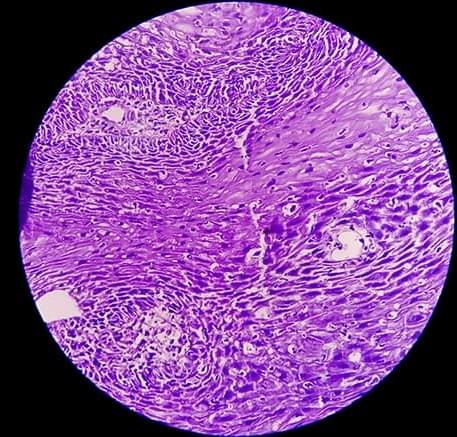

Artificial intelligence still has a long way to go before completely taking over most human jobs. But it can already make some side hustles easier and more lucrative, primarily by saving people time.
“Automation, I think, is the key to reducing your workload,” Sean Audet, a food photographer who uses generative AI tools like ChatGPT to write emails and business plans, told CNBC Make It earlier this month. “When a client first reaches out to me, I need to be able to quickly deliver a bunch of information about services and costs … in a nice, succinct and personalized way.”

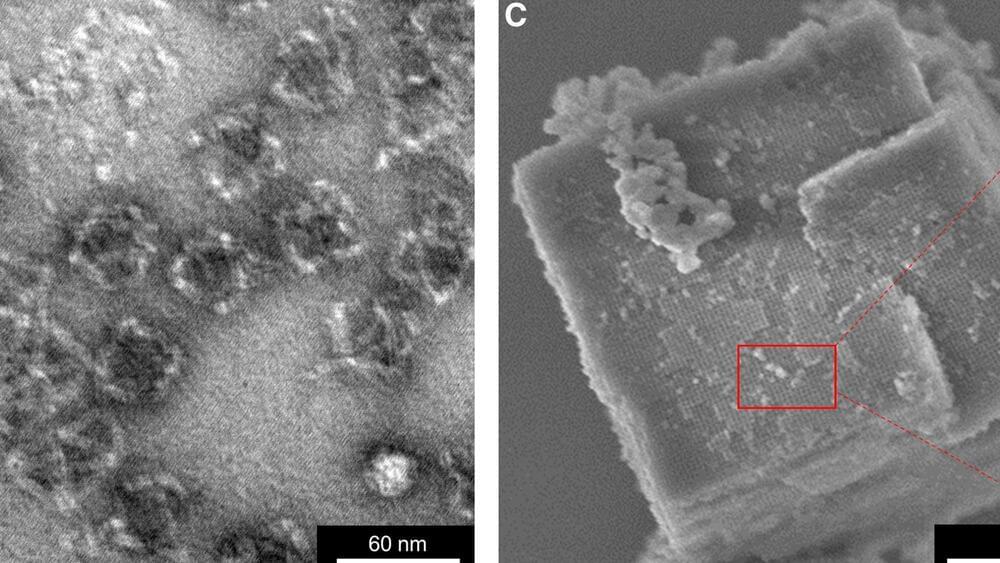
One of the world’s strongest structures could be one of its smallest: Collaborators from University of Connecticut, Columbia University, and Brookhaven National Lab have developed a new nanomaterial composed of DNA strands coated in flawless glass. At proportionally four times stronger and five times lighter than steel, the minuscule latticework structures could provide a template for a new wave of extremely durable and lightweight vehicles, body armor, and countless other products.
As detailed recently in Cell Reports Physical Science, the team first connected multiple portions of self-assembling DNA to form a nanostructure framework akin to a building’s support beams. They then coated the enjoined DNA strands with a glass-like material only a few hundred atoms thick, leaving relatively large empty spaces akin to rooms in a house. These spaces allowed the resulting nanomaterial to remain extremely lightweight, while the glass reinforced its durability.
[Related: Microscopic mesh could be the key to lighter, stronger body armor.].
A new soft robotic gripper is not only 3D printed in one print, it also doesn’t need any electronics to work. The device was developed by a team of roboticists at the University of California San Diego, in collaboration with researchers at the BASF corporation, who detailed their work in Science Robotics.
The researchers wanted to design a soft gripper that would be ready to use right as it comes off the 3D printer, equipped with built in gravity and touch sensors. As a result, the gripper can pick up, hold, and release objects. No such gripper existed before this work.
“We designed functions so that a series of valves would allow the gripper to both grip on contact and release at the right time,” said Yichen Zhai, a postdoctoral researcher in the Bioinspired Robotics and Design Lab at the University of California San Diego and the leading author of the paper. “It’s the first time such a gripper can both grip and release. All you have to do is turn the gripper horizontally. This triggers a change in the airflow in the valves, making the two fingers of the gripper release.”